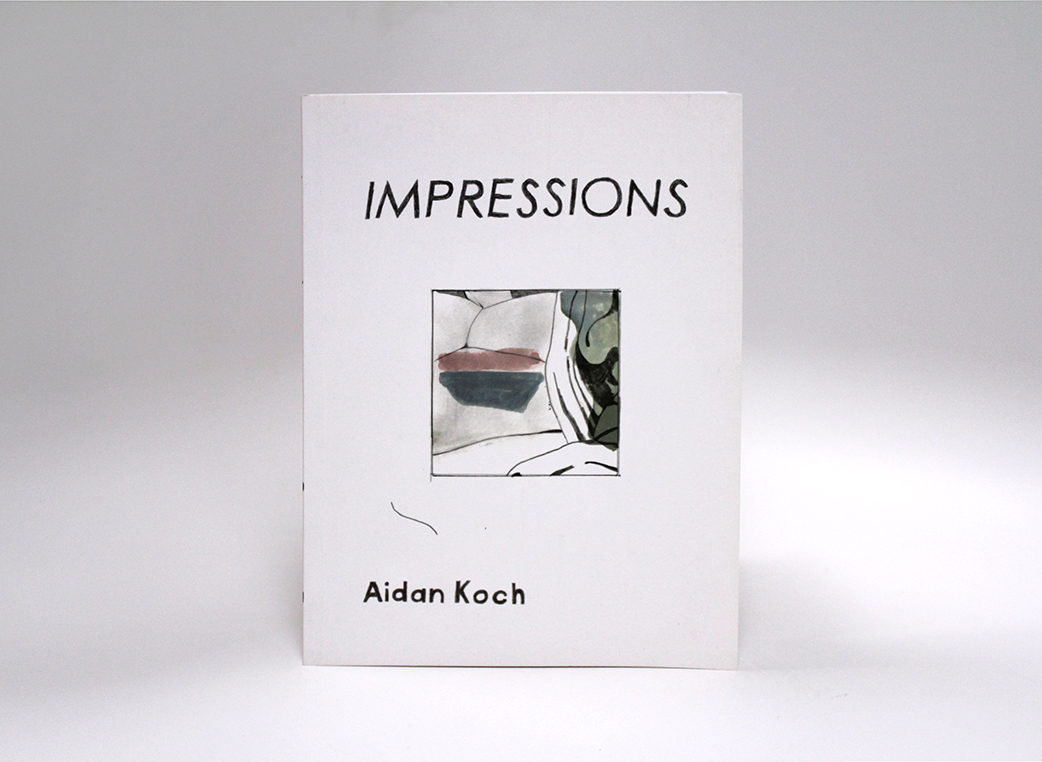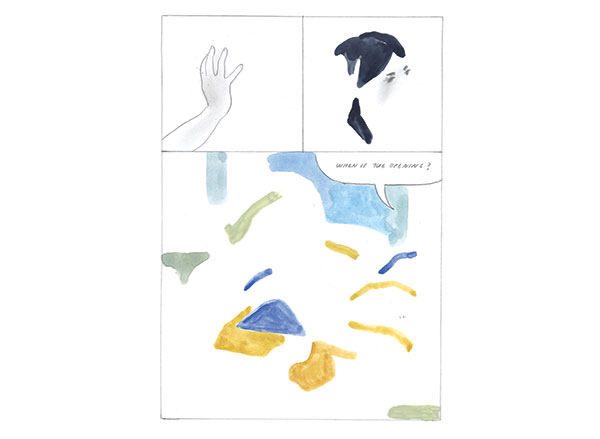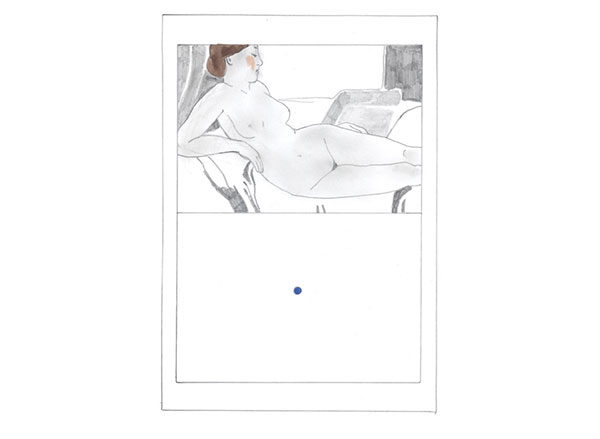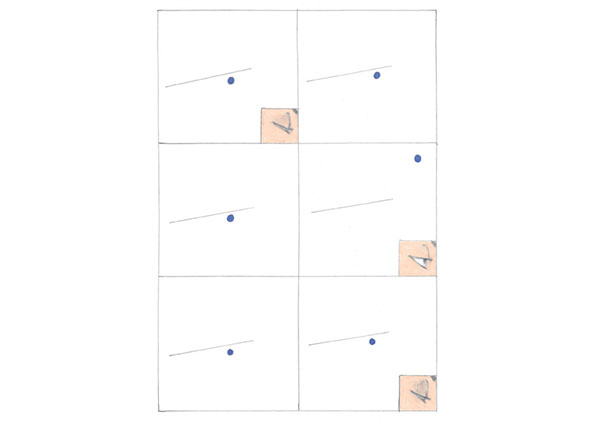Anthology of Time
with contributions by:
Alex Ayed, Davide Balula, Emma and Peggy Barnett, Sarah Braman, Candystore, Chen Chen & Kai Williams, Ashton Cooper, Sara French, Jashin Friedrich, S*an D. Henry-Smith, Dan Herschlein, Madeline Hollander, Liz Hopkins, Chrissie Iles, Jenna Kaës, Elizabeth Karp-Evans, Aidan Koch, Emma Kohlmann, Sahar Khoury, Dylan Kraus, Ajay Kurian, Keith Lafuente, Silke Lindner-Sutti, Maia Ruth Lee, Bonnie Lucas, Mary Manning, Tavi Meraud, Harry Moritz, Isaac Nichols, John Arthur Peetz, Nikholis Planck, Betty Roytburd, Vanessa Gully Santiago, Anna Sedlock-Reiner, Gedi Sibony, Mimi Smith, Amelia Stein, RJ Supa, Kristin Walsh, Clemence White, and Zak Kitnik
OUT OF STOCK
FREE PDF HERE
with contributions by:
Alex Ayed, Davide Balula, Emma and Peggy Barnett, Sarah Braman, Candystore, Chen Chen & Kai Williams, Ashton Cooper, Sara French, Jashin Friedrich, S*an D. Henry-Smith, Dan Herschlein, Madeline Hollander, Liz Hopkins, Chrissie Iles, Jenna Kaës, Elizabeth Karp-Evans, Aidan Koch, Emma Kohlmann, Sahar Khoury, Dylan Kraus, Ajay Kurian, Keith Lafuente, Silke Lindner-Sutti, Maia Ruth Lee, Bonnie Lucas, Mary Manning, Tavi Meraud, Harry Moritz, Isaac Nichols, John Arthur Peetz, Nikholis Planck, Betty Roytburd, Vanessa Gully Santiago, Anna Sedlock-Reiner, Gedi Sibony, Mimi Smith, Amelia Stein, RJ Supa, Kristin Walsh, Clemence White, and Zak Kitnik
OUT OF STOCK
FREE PDF HERE
Co-published by
Peradam Press and
Jack Hanley Gallery in 2019
5.5 x 8 inches
134 pages
perfect bound
ISBN : 978-1-7320534-2-7
Edition of 250 copies
Peradam Press and
Jack Hanley Gallery in 2019
5.5 x 8 inches
134 pages
perfect bound
ISBN : 978-1-7320534-2-7
Edition of 250 copies
The clock is a human-made tool to measure intervals of time shorter than the natural units: the day, the lunar month, the seasons, the year. Commonly marked in increments of one second, five minutes, one and twelve hours, the clock visualizes both the perpetual advancement and cyclical nature of time.
The hands of the clock move only forward as time advances through a series of present moments. With each tick, time stammers towards a human-made idea of the future, leaving the past as a memory in its wake.
Simultaneously, the hands of the clock move in a circular repeating motion, fixed by a center. This motion echoes the planets rotating around the sun, manifesting days, nights, and longer seasonal shifts. Because there is a natural cycle, we can predict the relative future with accuracy, and find unmistakable patterns throughout past personal and collective histories.
The standardization—or rather, industrialization—of time started in 1884 with the International Meridian Conference to create a supposed facility between nations. The world was divided into 24 time zones with a politically chosen “base time” in Greenwich, UK. Coordinated Universal Time (UTC) is now synchronized around the world at midnight by means of GPS between government protected “Master Clocks” whose precision is based on the radiation given off by a cesium-133 atom. Before that, time was set in each municipality of the clock-using world by the daily local position of the sun at noon. With standardization, humans became in-synch with each other, and divorced from the natural world and our natural rhythms. “Noon” is now blocked into segments radiating out from colonial political powers, no longer the sun directly above your head.
In this book you will find a variety of interpretations of time shared by 42 artists, compiled as an anthology to complement the exhibition Horology at Jack Hanley Gallery, on view from November 14th–December 15th, 2019.
The hands of the clock move only forward as time advances through a series of present moments. With each tick, time stammers towards a human-made idea of the future, leaving the past as a memory in its wake.
Simultaneously, the hands of the clock move in a circular repeating motion, fixed by a center. This motion echoes the planets rotating around the sun, manifesting days, nights, and longer seasonal shifts. Because there is a natural cycle, we can predict the relative future with accuracy, and find unmistakable patterns throughout past personal and collective histories.
The standardization—or rather, industrialization—of time started in 1884 with the International Meridian Conference to create a supposed facility between nations. The world was divided into 24 time zones with a politically chosen “base time” in Greenwich, UK. Coordinated Universal Time (UTC) is now synchronized around the world at midnight by means of GPS between government protected “Master Clocks” whose precision is based on the radiation given off by a cesium-133 atom. Before that, time was set in each municipality of the clock-using world by the daily local position of the sun at noon. With standardization, humans became in-synch with each other, and divorced from the natural world and our natural rhythms. “Noon” is now blocked into segments radiating out from colonial political powers, no longer the sun directly above your head.
In this book you will find a variety of interpretations of time shared by 42 artists, compiled as an anthology to complement the exhibition Horology at Jack Hanley Gallery, on view from November 14th–December 15th, 2019.
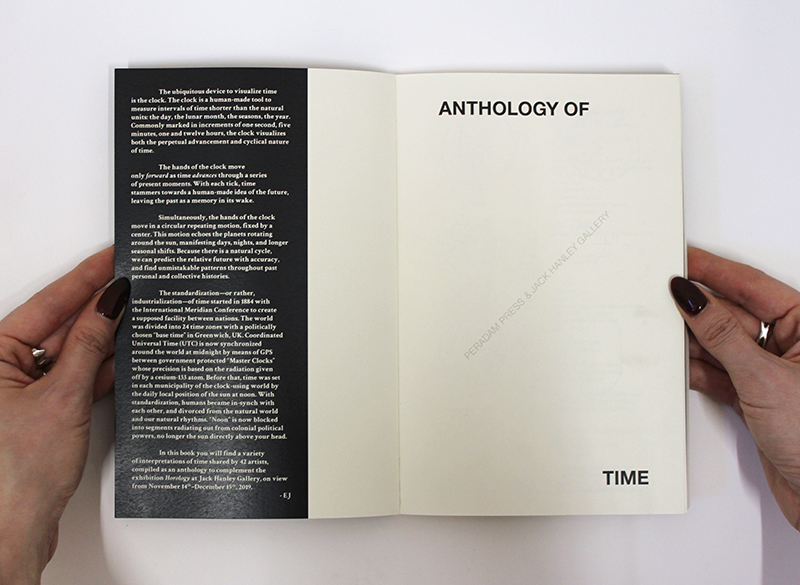
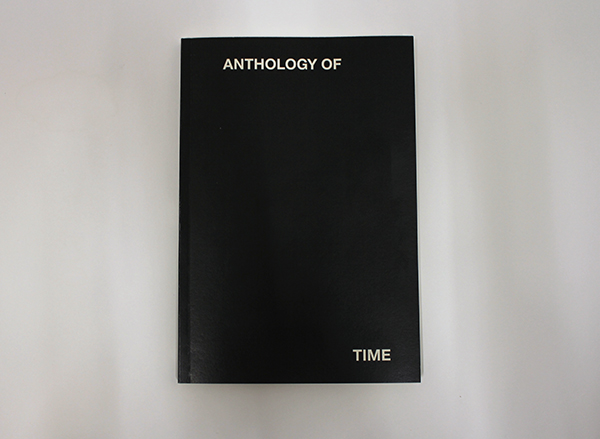

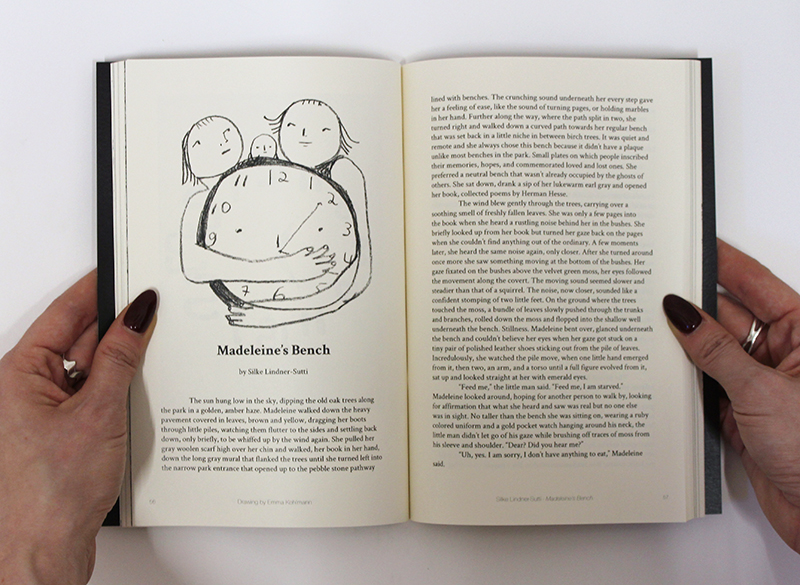
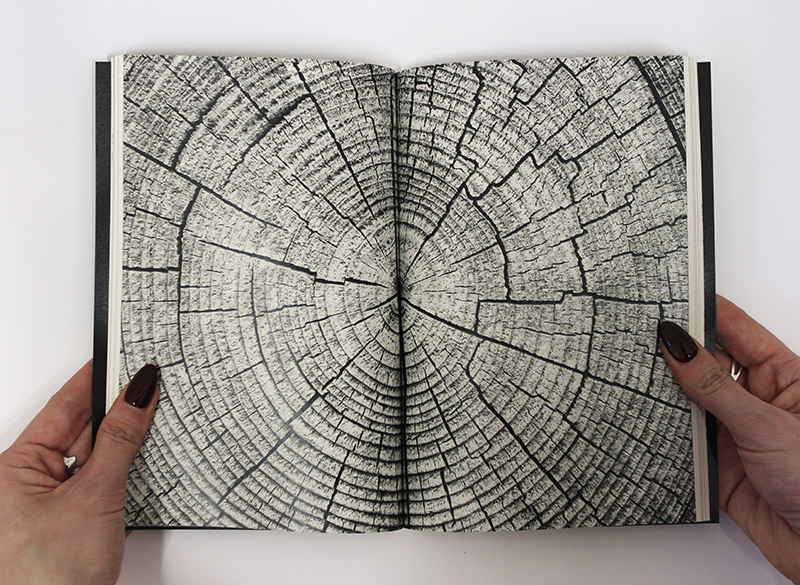

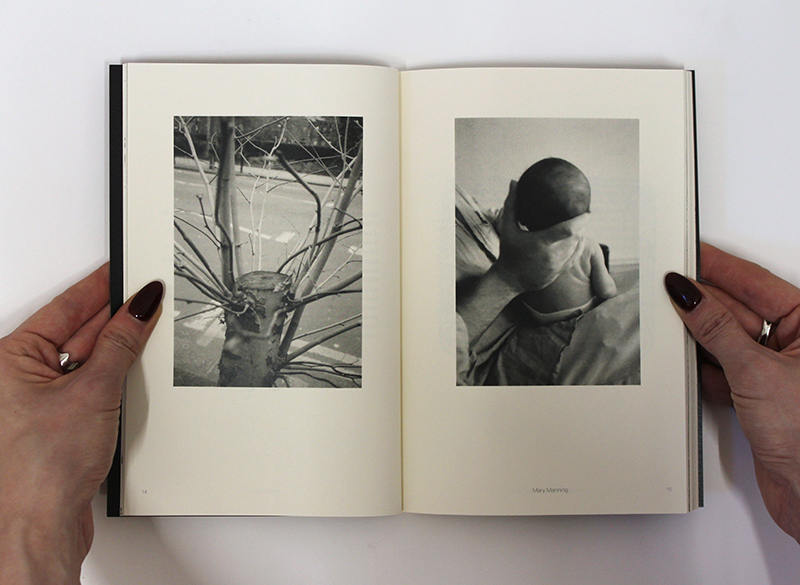
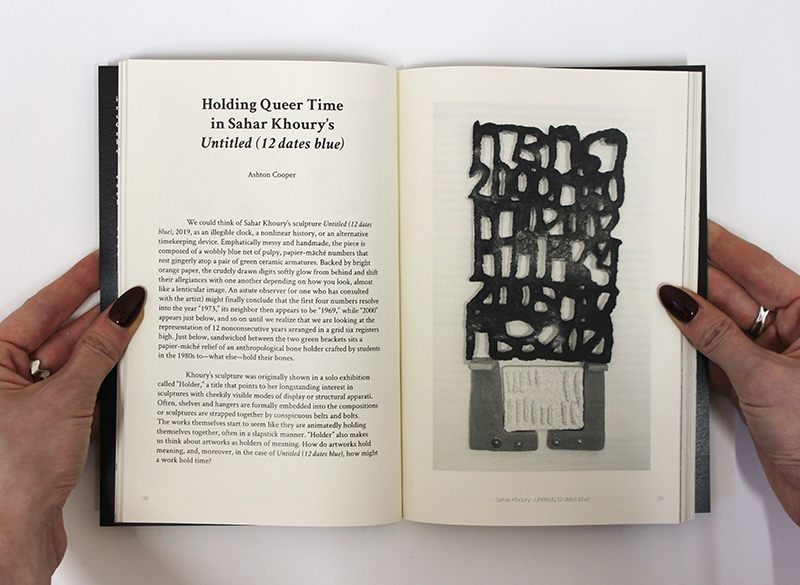
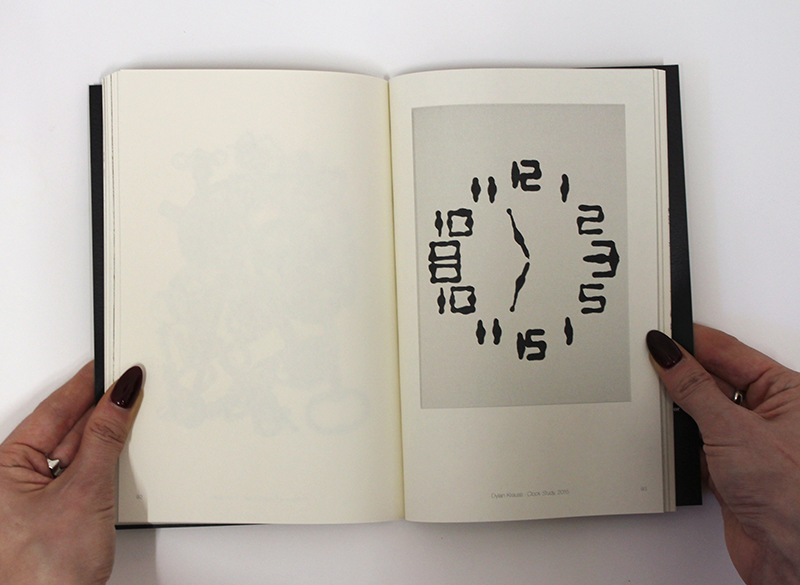
Flotsam Suite:
a strange & precarious life, or how we chronicled the little disasters & i won't leave the dance floor til it's out of my system
S*an D. Henry-Smith
OUT OF STOCK
AUDIOBOOK AND FREE PDF HERE
a strange & precarious life, or how we chronicled the little disasters & i won't leave the dance floor til it's out of my system
S*an D. Henry-Smith
OUT OF STOCK
AUDIOBOOK AND FREE PDF HERE
Published by Peradam Press in 2019
5 x 7 inches
28 pages
hand-sewn
digital print with 2 color images
ISBN : 978-0-9906448-9-7
Limited first edition of 150 copies
5 x 7 inches
28 pages
hand-sewn
digital print with 2 color images
ISBN : 978-0-9906448-9-7
Limited first edition of 150 copies
In S*an’s words, Flotsam Suite: embraces the sadder and sometimes dramatic parts of life as an auto-fiction, a necessary tantrum, a playful dark-inside joke, and is “a constant return to music and letting myself be 17 again for the first time.” This collection of poems and color images is embraced by S*an’s extended practice of performance, poetry, and photography defining and experimenting within Black Secrecy and Black Noise, a method they’ve named, distorting and protecting an open secret, and the unquantifiables which radiate from the medium(s).
Flotsam Suite emerges from S*an’s meditations on the church, the club, emo, math rock, and noise shows, collapsing sermons and raves to see how they’re all similar — the illegible but articulated space for community. S*an emulates these sacred spaces to create in their own work a “safe space for us to scream, to be very quiet”. From their essay “Black Secrecy/Black Noise: NIC Kay and Visions of Performance” S*an describes the experience of watching a video of a young dancer dancing for his mother as being “transported to the Friday evenings of my [own] childhood: my two older sisters and my baby sister, waddling about learning her feet, would come home from school and work, move the couch and coffee table, crank the stereo, and we would dance and shake and scream in encouragement of our lucidities until we were breathless or until takeout arrived. Amber light— first UV, then the streetglow—cut through the window and bless the old soundsystem, blasting the radio mix of dancehall, Miami bass, house, and hip-hop fueling us for hours as we caught our sweat blessing.”
Flotsam Suite: is a collection of eight poems, a photo, and photogram lovingly printed by Jessica Peterson of The Southern Letterpress at Antenna’s Paper Machine in New Orleans, Louisiana.
CLICK HERE To listen to the audio book, live performance, and the songs that guided this chapbook. Recorded while on residency at Denniston Hill last summer. There are lil hiccups, there are splashing fish, there is an impending storm.
Flotsam Suite emerges from S*an’s meditations on the church, the club, emo, math rock, and noise shows, collapsing sermons and raves to see how they’re all similar — the illegible but articulated space for community. S*an emulates these sacred spaces to create in their own work a “safe space for us to scream, to be very quiet”. From their essay “Black Secrecy/Black Noise: NIC Kay and Visions of Performance” S*an describes the experience of watching a video of a young dancer dancing for his mother as being “transported to the Friday evenings of my [own] childhood: my two older sisters and my baby sister, waddling about learning her feet, would come home from school and work, move the couch and coffee table, crank the stereo, and we would dance and shake and scream in encouragement of our lucidities until we were breathless or until takeout arrived. Amber light— first UV, then the streetglow—cut through the window and bless the old soundsystem, blasting the radio mix of dancehall, Miami bass, house, and hip-hop fueling us for hours as we caught our sweat blessing.”
Flotsam Suite: is a collection of eight poems, a photo, and photogram lovingly printed by Jessica Peterson of The Southern Letterpress at Antenna’s Paper Machine in New Orleans, Louisiana.
CLICK HERE To listen to the audio book, live performance, and the songs that guided this chapbook. Recorded while on residency at Denniston Hill last summer. There are lil hiccups, there are splashing fish, there is an impending storm.

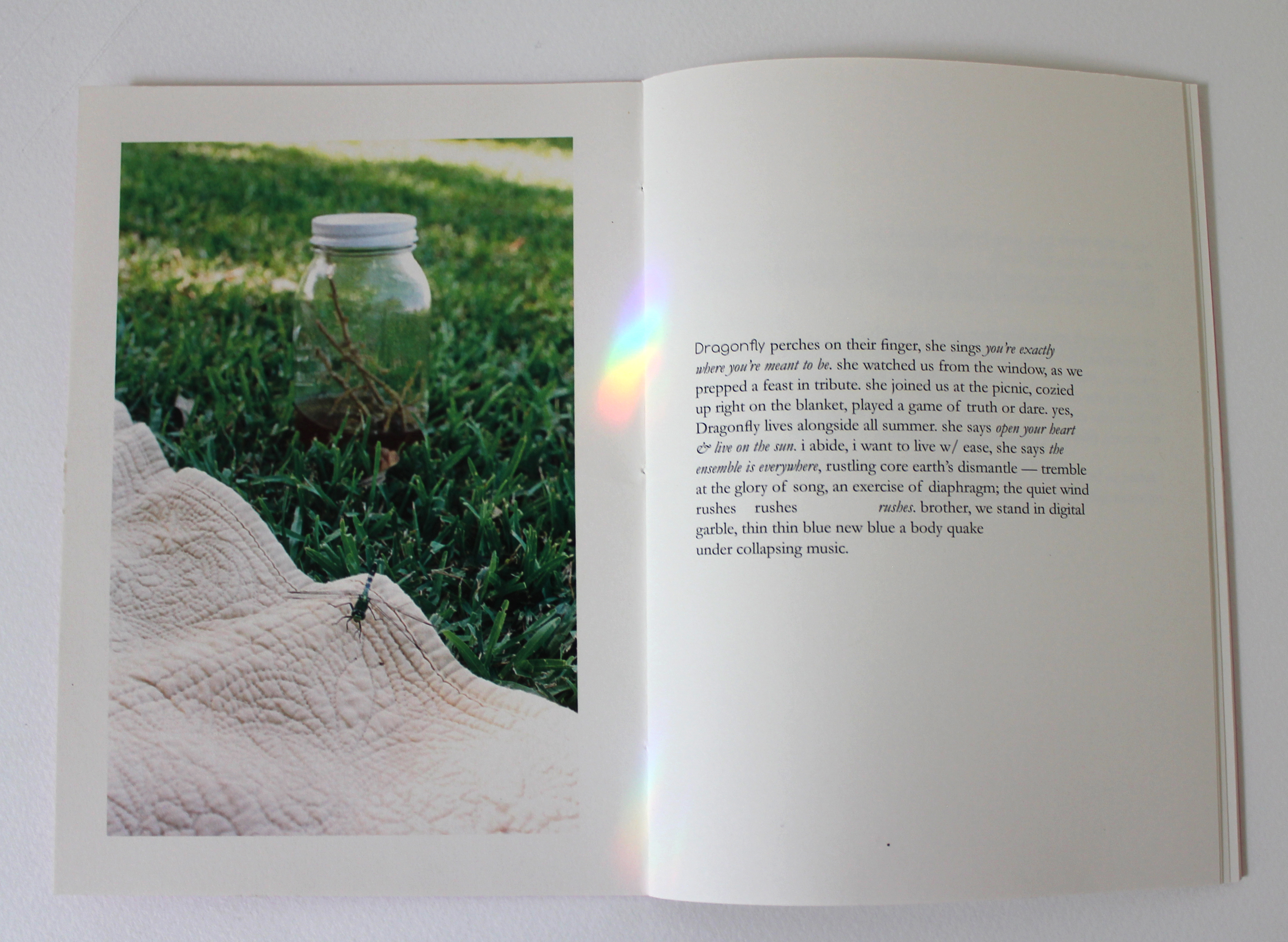
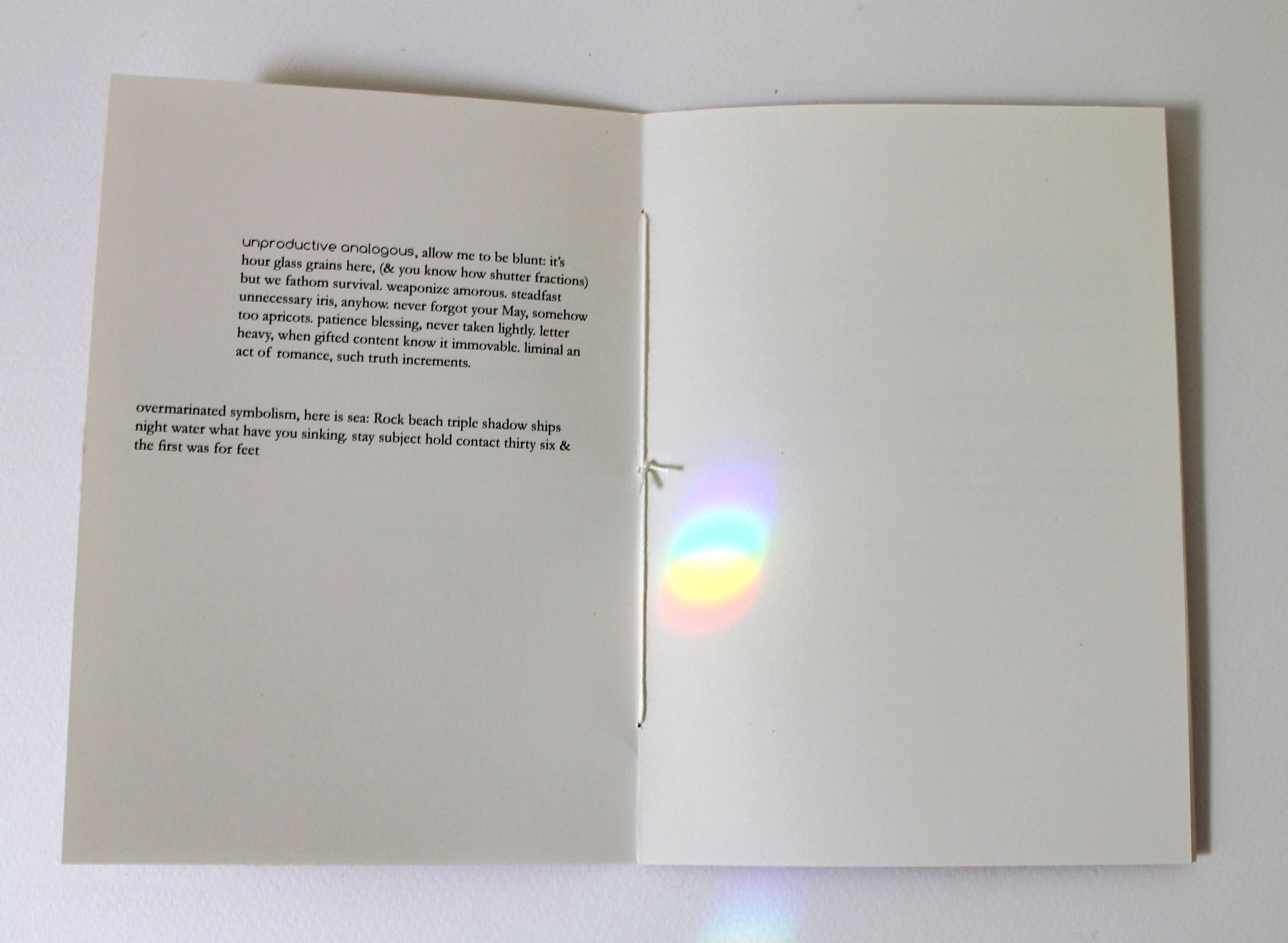
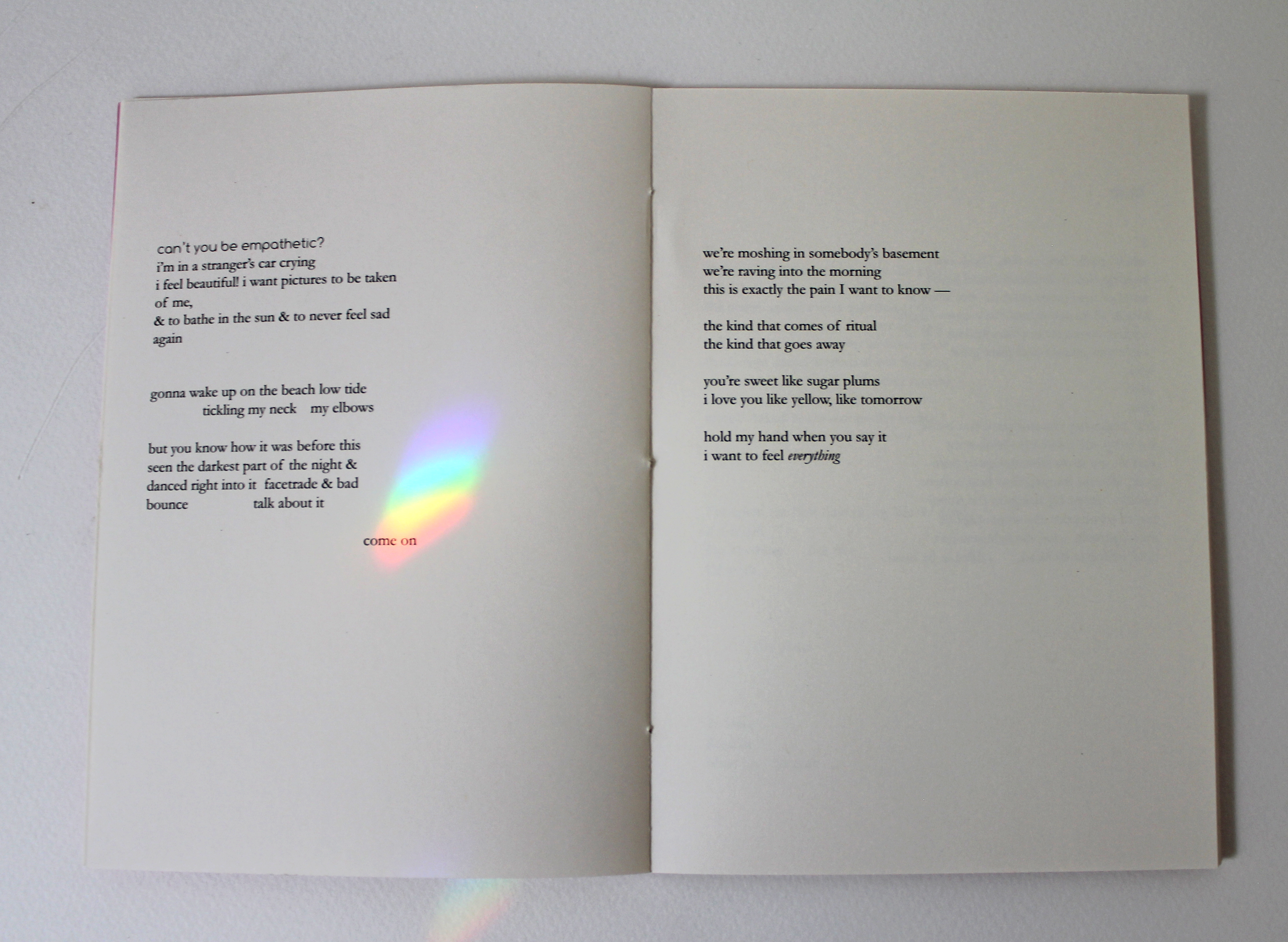
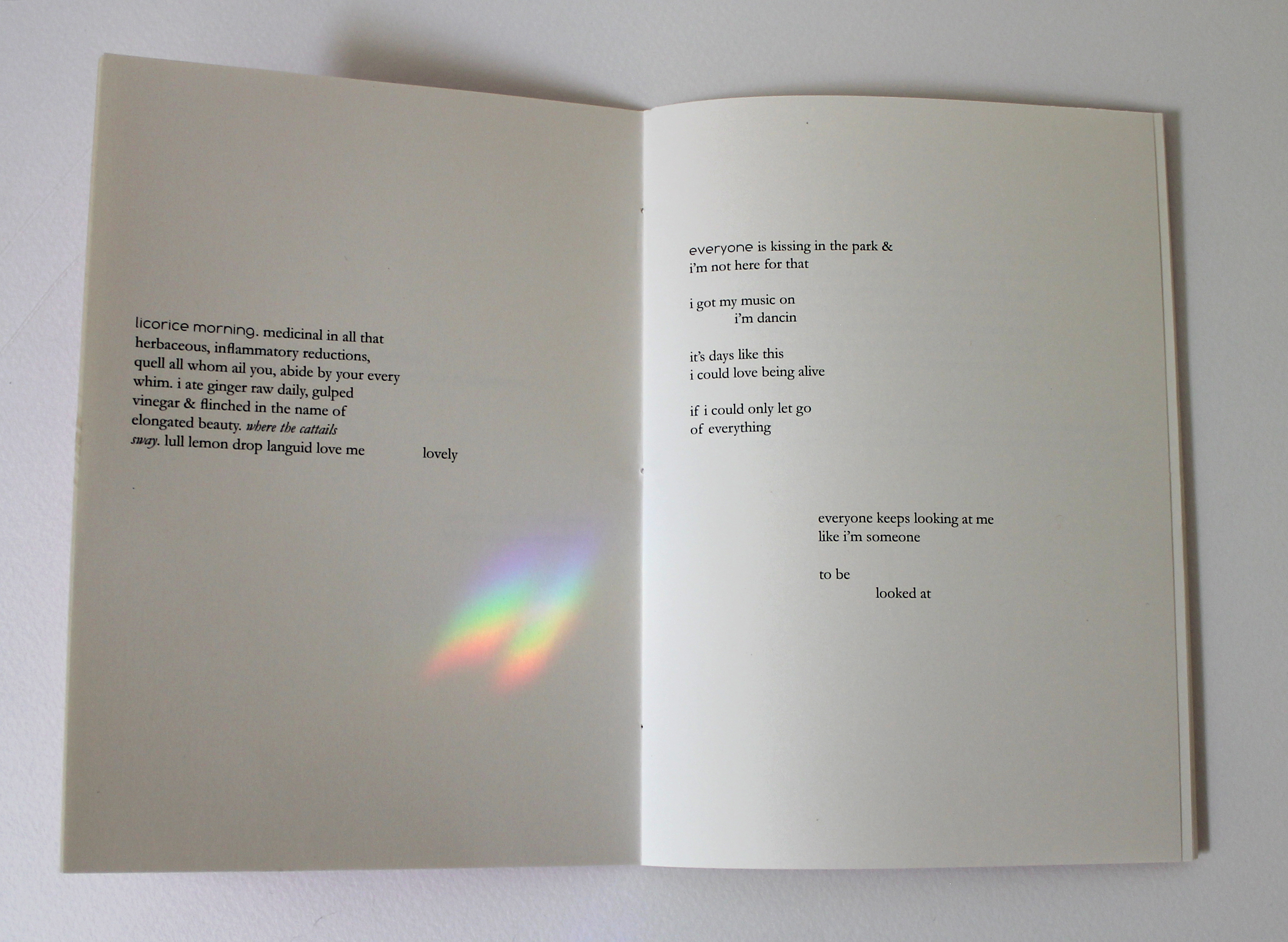

Ann's drawings often start with an isolated object, whatever she wants to draw: a figure, a bottle, a set of curtains. From there, the drawings are created by elaborating the world around this initial object. An expressive series of psychological and domestic tableaux emerge.
The collages in this book are assembled from the packaging of the tea and beer she consumes in her studio (Celestial Seasonings and Sierra Nevada). Both of these brands present their drinker with an image of peaceful escape through consumption. Ann’s collages introduce the two brands escapist worlds to her own process of world building. With an accumulated stockpile of beverage packaging, she is able to re-represent the idyllic landscapes and characters of the product labels in surprising new contexts: comic, subjective and ranging from the absurd to mundane
The collages in this book are assembled from the packaging of the tea and beer she consumes in her studio (Celestial Seasonings and Sierra Nevada). Both of these brands present their drinker with an image of peaceful escape through consumption. Ann’s collages introduce the two brands escapist worlds to her own process of world building. With an accumulated stockpile of beverage packaging, she is able to re-represent the idyllic landscapes and characters of the product labels in surprising new contexts: comic, subjective and ranging from the absurd to mundane
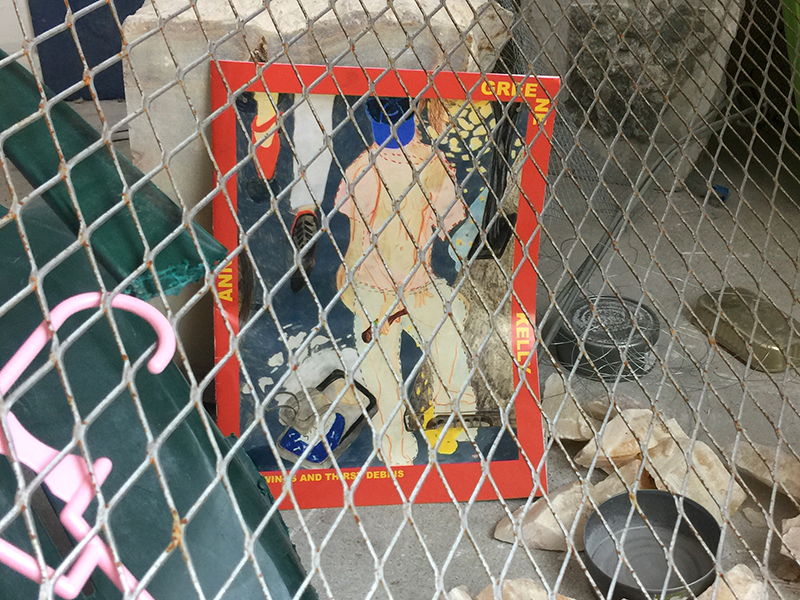
TIn this limited edition artist's book, Ann Greene Kelly has altered the December "Holidays from Hell" issue of In Touch, blacking out everything but the hands using permanent marker and inserting in-process photographs of her own sculptures. In Touch explores the relationship between media culture, the printed image and the sensation of touch, highlighting the gestural and theatrical qualities of both celebrity and the sculptural act.
Ann Greene Kelly is a visual artist based in New York and Los Angeles.
Ann Greene Kelly is a visual artist based in New York and Los Angeles.
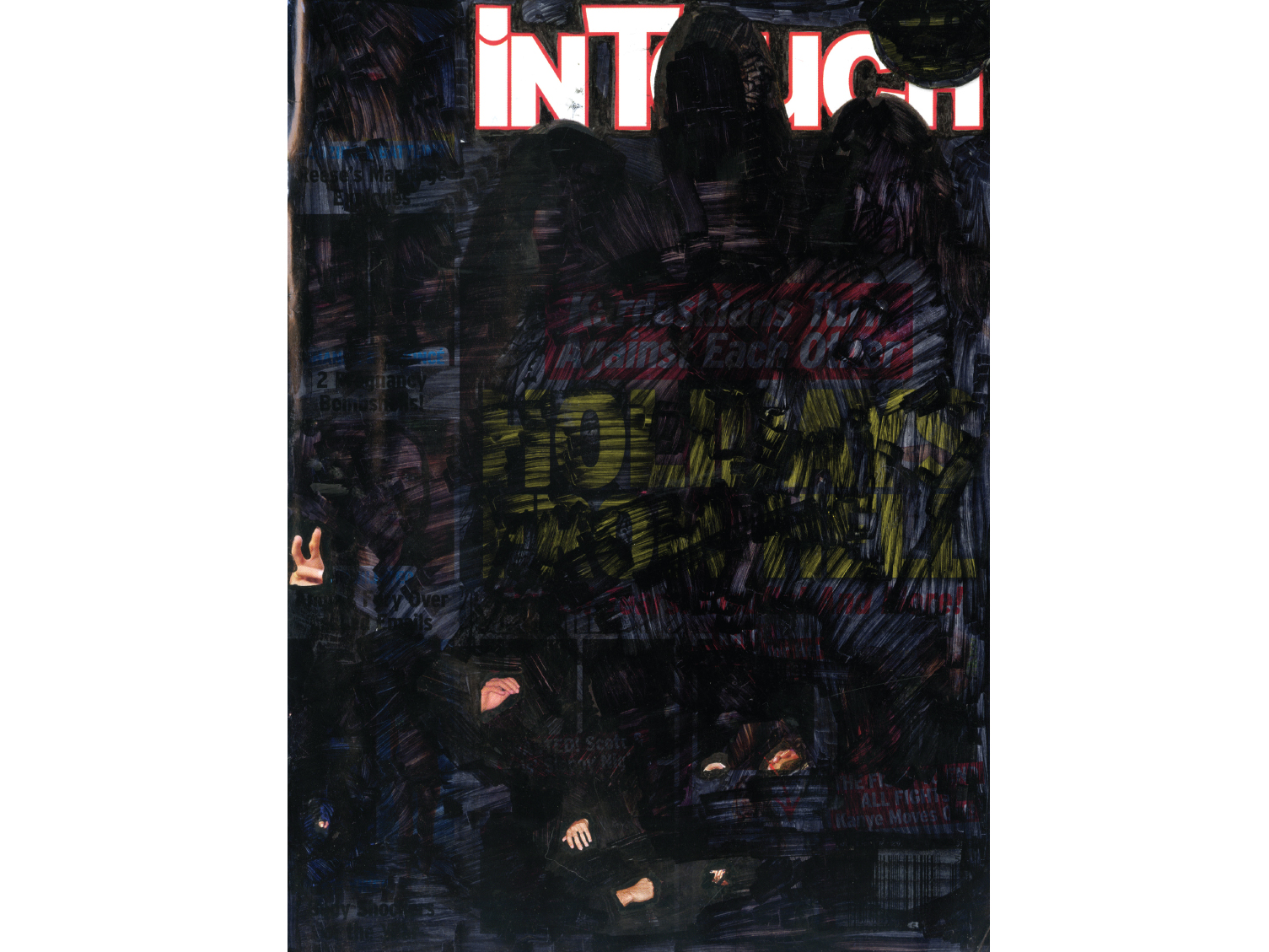


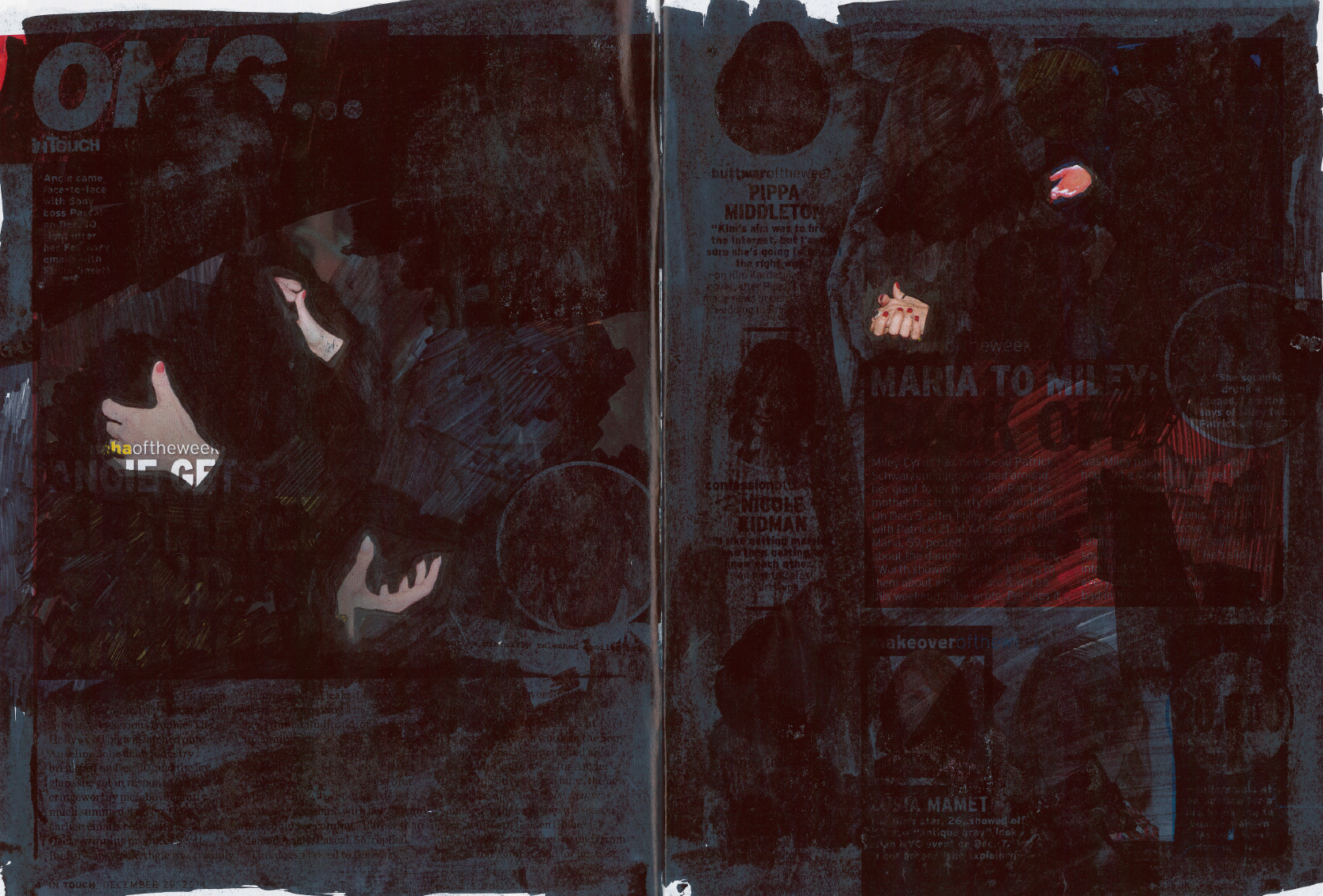
72 pages
Soft cover, section sewn, color offset
8.25 x 6 inches
Edition of 1000
ISBN: 978-0-9906448-2-8
Soft cover, section sewn, color offset
8.25 x 6 inches
Edition of 1000
ISBN: 978-0-9906448-2-8
Impressions is Aidan Koch’s third graphic novel. It tells the story of a young figure model and her relationships with her mother, her best friend, and the man drawing her. Set in an ambiguously modern time, the book captures a young woman’s reluctant journey into self-awareness.
Impressions was painted over three months at the Maison Des Auteurs residency in rural France, where Koch spent the spring of 2014.
Aidan is a visual artist and storyteller based in Landers, California.
Impressions was painted over three months at the Maison Des Auteurs residency in rural France, where Koch spent the spring of 2014.
Aidan is a visual artist and storyteller based in Landers, California.
